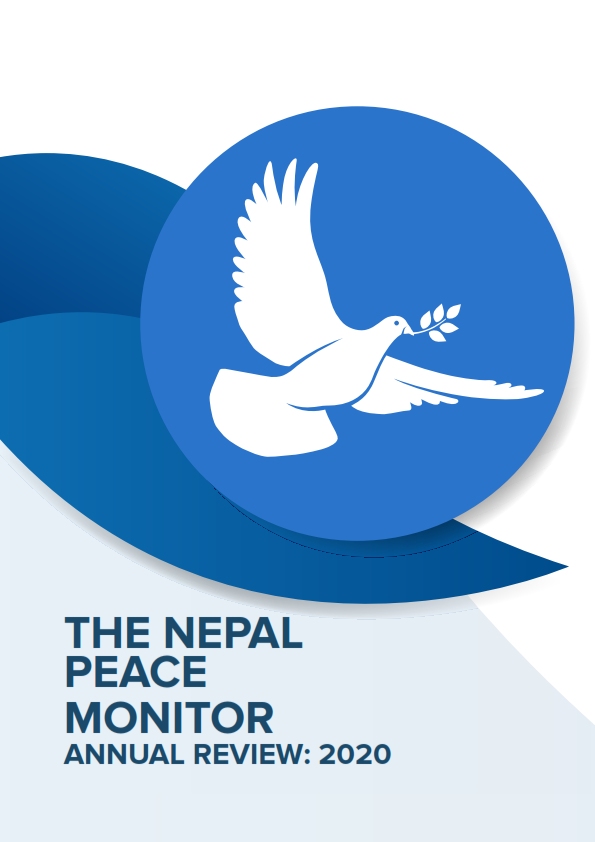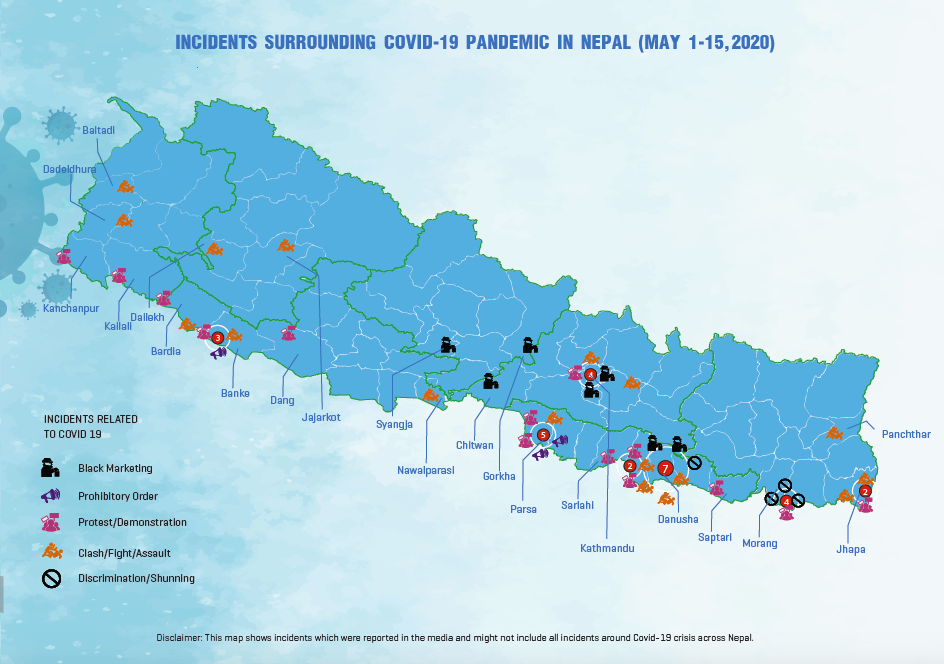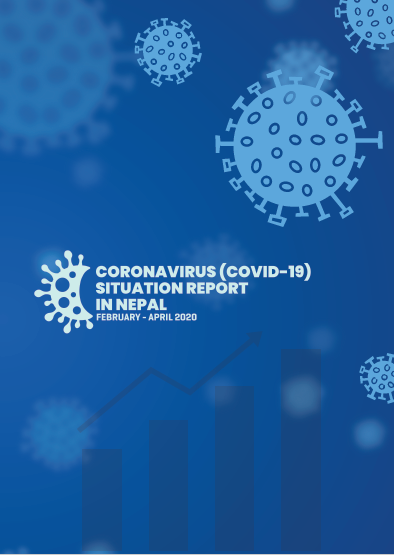Incident Reports
Tracing the missing
2016-05-13
After returning home from school one day in 2014, Swikriti Thapa, a 12-year old girl from Pokhara, was scolded by her parents to do her homework while she was engrossed in some activity. She got mad at them and left the house. She has not returned home since. Stories like this are repeated daily across the country. Like Swikriti, the Nepal Police has a list of 2,033 missing children. The National Centre for Children at Risk that registers complaints about missing children or child abuse—through a toll-free telephone number 104—reports that three cases of missing children are recorded on an average every day.
According to police estimates, in the past four years alone, 3,878 children were reported missing, out of whom only 1,845 have been found. Looking closer at the figures, the number of missing girls (2,112) is higher than that of boys (1,766). Likewise, more boys (1,026) have been rescued by the police once they went missing than girls (819). Where the missing children are is anyone’s guess. The most likely explanation is that they have fallen prey to trafficking and been taken to India—the easiest destination to enter from Nepal—where they are forced into child labor or prostitution, among others. But improving land and air connectivity has, in recent years, providing new markets for trafficked children. Recently it was reported that Nepali children were being trafficked to the UK and sold as domestic workers. Putting the blame for this scourge on traffickers alone might not be accurate; lack of law enforcement, poverty, illiteracy, and the remoteness of the villages are also responsible. Sometimes, children from impoverished or abusive families run away from home in the hope of a better life and then fall victim to trafficking. Despite the severity of the problem, it does not seem the government has taken it seriously.
According to the ‘Child Protection Mapping and Assessment Summary Report, September 2015’ of the Ministry of Women Children and Social Welfare (MoWCSW) and Central Child Welfare Board, the government’s budget allocation for child protection is very small. The MoWCSW’s total budget for the fiscal year 2010-2011 was less than one percent of the national budget; of this only eight percent was set aside for children. Guaranteeing child rights is a fundamental responsibility of the state. These rights are ensured in the constitution as well. With the Human Trafficking and Transportation (Control) Act 2007, strict laws against child trafficking are also in place. Yet, child trafficking is rampant in Nepal, proving that the government’s interventions have not been very effective. The government should allocate more funds for child security and protection, while relevant structures at the local level such as the District Child Welfare Boards and Village Child Protection Committees should be strengthened. There also has to be better coordination with various non-governmental organizations working to combat trafficking. A sharper focus in districts with higher numbers of missing children would contribute to this endeavor.
Related Reports
GBV / Siraha
Complaint lodged against a 30-year-old man on the charge of raping a 13-year-old teenage girl in Siraha
GBV / Okhaldhunga
52-year-old man arrested on the charge of sexually assaulting a 16-year-old teen girl in Okhaldhunga
GBV / Rupandehi
Complaint lodged against a 22-year-old youth on the charge of raping a minor girl in Rupandehi
Related Trend Analysis
Analysis

THE NEPAL PEACE MONITOR ANNUAL REVIEW: 2020
October 25, 2021
Human Trafficking / LGBT+ Rights / GBV / Political / Children’s Rights / Senior Citizens’ Rights / HRD Issues / Human Rights / Interpersonal Violence / Governance / Covid-19 / Civic-Space / PwD




